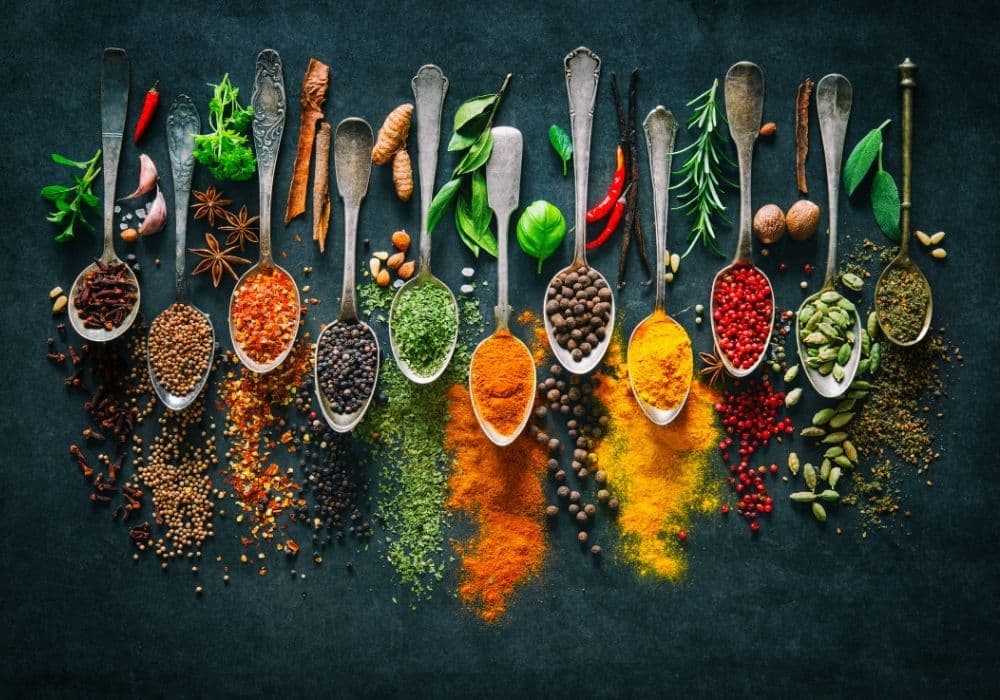Here is how food manufacturers can take advantage of food fashions
As food producers move away from ‘cuisine rules’, diverse flavour trends are taking in everything from Middle Eastern to Korean spice blends.
It’s no accident that Moroccan Seasoning is currently the number one seasoning blend at MasterFoods™ right now. Middle Eastern flavours and foods from the Levantine – think Lebanon, Israel, Palestine, Syria, Turkey, Egypt and Cyprus – are trending in 2022, along with other flavours, including spice blends, marinades and seasonings from Korea, Brazil, Mexico and South Africa.
So, how do manufacturers take advantage of food fashions? First, you’ve got to know what’s hot and what’s not. Rachel Humphrey, Portfolio Marketing Manager at MasterFoods™, Mars Food Australia, says her team tracks flavour trends globally and locally through market research, “social listening” and visiting up-and-coming venues around the country.
“With a multicultural society and 62 per cent of Australians claiming to like experimenting with new flavours and cuisines, it’s crucial for MasterFoods™ to understand how cuisine-led flavours trend overtime,” she says.
“Historically, this has been influenced by immigration patterns, but today global travel patterns and social influencers have a more direct influence. Middle Eastern and Mexican cuisines have both had mainstream adoption over the last three years, but Mexican has tipped into maturity whilst Middle Eastern flavours continue to maintain a high social buzz. Korean flavours have moved from emerging to mainstream in the last three years, driven by kimchi, bulgogi and gochujang, and there is some African cuisine also emerging.”
MasterFoods™ already has a range of seasonings that take advantage of the current flavour trends, including Taco, Cajun, Piri Piri and pure herbs that can tap into Brazilian and Korean cuisines. But what advice would they have for other businesses wanting to take advantage of the flavour of the day? “There are no rules,” says Humphrey, adding that as fusion cuisine and certain global flavours increase in popularity there is a movement towards abandoning traditions and typical rules in favour of a flavour-first approach.
“Equally, chefs and consumers are experimenting more – blurring sweet and savoury, rising heat levels and mixing contrasting ingredients together,” she continues. “However, to maintain accessibility, opt for dishes with a familiar format or flavour and combine with an unfamiliar ingredient or cuisine.
“For example, kimchi cheese toasties or chicken katsu tacos. Layering flavours, for example, or using multiple condiments, seasonings or sauces with contrasting flavours, helps to build a complex flavour profile.”
At Spicemasters, one of the largest business-to-business manufacturers of herbs and spices in Australia, General Manager Sandy Tsoutsas says Asian flavours are on the rise, particularly from Korea and the Philippines, along with smoked chilli flavour profiles from Africa and Mexico.
She welcomes manufacturers of ready-to-eat or pre-prepared foods to get in touch to discuss how they can take advantage of these recent flavour trends. “We’ve been doing this for more than 30 years now. It’s definitely something close to our heart,” she says.
But along with on-trend spices and cuisines, Tsoutsas says it’s important to remember comfort foods and that flavour-profiles also follow a seasonal, quarterly calendar, too. “[People want] something nourishing and warm for winter, something cool for a salad for summer. I think the weather conditions also play a big part.”
-
Stay up to date with the latest news, industry insights and ThinkFood updates.
- Subscribe

